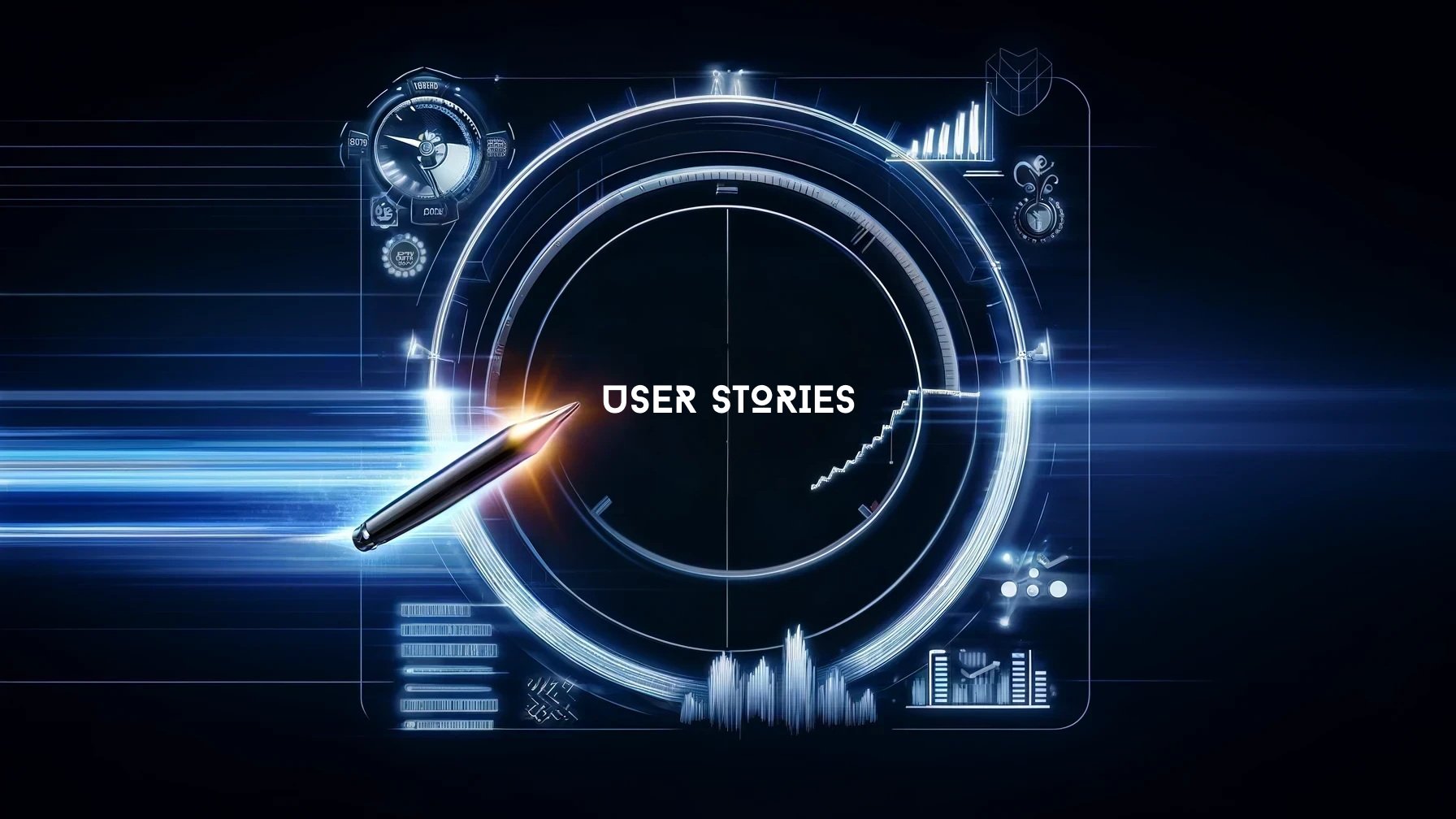In the dynamic world of software development, agile methodologies have revolutionized the way teams approach project management and product development. Central to this agile approach are user stories – a simple yet powerful tool that captures the requirements of a system from the end-user's perspective. In this article, we will delve into the significance of user stories in agile methodologies and how they drive successful project outcomes.
What Are User Stories?
User stories are short, simple descriptions of a feature or functionality from the perspective of an end-user or customer. Typically, they follow a format such as:
As a [type of user], I want [some goal] so that [some reason].
For example: As acustomer, I want to be able to reset my password so that I can regain access to my account if I forget it.
Why Are User Stories Important?
User-Centric Focus
User stories emphasize the needs and goals of the end-users. This ensures that the development team is always aligned with delivering value to the customers, creating a product that meets their needs and expectations.
Improved Communication
By using simple and non-technical language, user stories bridge the gap between business stakeholders and the development team. This fosters better communication, ensuring that everyone involved in the project has a clear understanding of the requirements.
Flexibility and Adaptability
Agile methodologies thrive on adaptability and responsiveness to change. User stories are easily modifiable, allowing teams to reprioritize and refine them as new information emerges or as project requirements evolve.
Incremental Development
User stories facilitate incremental and iterative development. They enable teams to break down complex features into manageable chunks, delivering working software in small, frequent increments. This approach reduces risk and provides continuous feedback.
Clear Prioritization
By organizing user stories into a prioritized backlog, teams can focus on delivering the most critical features first. This ensures that the most valuable aspects of the product are addressed early, providing immediate benefits to users.
Enhanced Collaboration
The collaborative nature of creating and refining user stories encourages input from all team members, including developers, testers, product owners, and stakeholders. This collective effort results in a more comprehensive understanding of the requirements and better-quality outcomes.
Best Practices for Creating Effective User Stories
Keep Them Concise and Clear
User stories should be short and to the point. Avoid unnecessary details and focus on what the user wants to achieve.
Include Acceptance Criteria
Acceptance criteria define the conditions that must be met for a user story to be considered complete. They provide clear guidelines for testing and validation, ensuring that the delivered feature meets the user’s expectations.
Involve Stakeholders Early
Engage stakeholders in the creation and refinement of user stories. Their insights and feedback are crucial for capturing accurate requirements and prioritizing features effectively.
Use Personas
Personas represent different user types and help in understanding the diverse needs and goals of the end-users. They make user stories more relatable and context-specific.
Continuously Refine
User stories should be revisited and refined throughout the project. This continuous refinement process, often called grooming, ensures that the stories remain relevant and aligned with the project’s objectives.
How ELi Enhances User Story
Creation Creating effective user stories can be challenging, especially in fast-paced agile environments. This is where tools like ELi: User Story Assistant come into play. ELi leverages AI to streamline the user story creation process, offering several benefits:
Quick Generation: ELi generates draft user stories in seconds, saving valuable time for business analysts and product owners.
Customization: Users can select specific components to include in the user story, such as acceptance criteria, narrative, and test cases.
Supporting Documents: ELi allows the upload of supporting documents, aiding in the creation of precise and comprehensive user stories.
User-Friendly Interface: ELi’s intuitive interface makes it easy for users to interact with the tool and create high-quality user stories effortlessly.
By integrating ELi into your agile workflow, you can enhance the efficiency and accuracy of your user story creation process, ensuring better alignment with user needs and project goals. Conclusion
User stories are a cornerstone of agile methodologies, providing a user-centric, flexible, and collaborative approach to defining project requirements. By focusing on the end-user's perspective, user stories help teams deliver valuable and high-quality software incrementally. Tools like ELi: User Story Assistant further streamline this process, making it easier to create, refine, and prioritize user stories effectively. Embracing user stories in your agile practices will undoubtedly lead to more successful and user-focused project outcomes.
Stay tuned for more insights and tips on agile methodologies and effective project management with ELi: User Story Assistant. Follow us on LinkedIn to keep up with the latest updates and join the conversation!
